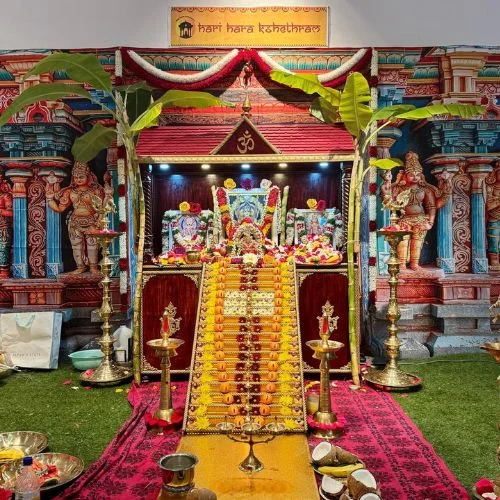Following record-breaking sales during Diwali, India’s business sector is gearing up to meet the expectations of the approaching wedding season, which begins on November 23.
According to the Confederation of All India Traders (CAIT), there might be a Rs 4.74 lakh crore market in mainstream retail, which includes both products and services, with around 38 lakh weddings throughout India.
Last year, nearly 32 lakh marriages took place over the same period, with a transaction value of Rs 3.75 lakh crore. On November 23, the wedding season starts on Dev Uthan Ekadashi. Wedding season will go until December 15. The fortunate dates in November are November 23, 24, 27, 28, and 29. The wedding dates in December are December 3, 4, 7, 8, 9, and 15.
Following this interval, marriages will resume only in mid-January and will last until July 2024. The CAIT surveyed significant trade groups from 30 different cities in different states that are renowned as distribution centers, as well as many stakeholders in products and services. It is projected that over 38 lakh marriages will be held throughout the nation.
According to CAIT, 38 lakh marriages are estimated to inject around Rs 4.74 lakh billion into the market, which includes both wedding-related purchases and the acquisition of other services. CAIT national president BC Bhartia and secretary general Praveen Khandelwal estimate that over 4 lakh weddings will be hosted in Delhi alone this season. These weddings are expected to earn over Rs 1.25 lakh crore in revenue.
CAIT anticipates approximately 7 lakh weddings with expenses around Rs 3 lakh, 8 lakh weddings with expenses around Rs 6 lakh, 10 lakh weddings with expenses around Rs 10 lakh, 7 lakh weddings with Rs 15 lakh, 5 lakh weddings with Rs 25 lakh, 50 thousand weddings with Rs 50 lakh, and another 50,000 weddings with expenses exceeding Rs 1 crore.
According to these CAIT members, products account for 50% of total spending, while services account for the remaining 50%.
In the products sector, 10% will be allotted to textiles, 15% to jewelry, 5% to electronics and consumer durables, 5% to dried fruits, candies, and savories, 5% to groceries and vegetables, 4% to gift items, and the remaining 6% to other miscellaneous things.
The services sector is also expected to thrive, with allocations of 5% for banquet halls, hotels, and other wedding venues, 5% for event management, 12% for tent decoration, 10% for catering services, 4% for flower decoration, 3% for travel and cab services, 2% for photo and video shoots, 3% for orchestra and band services, 3% for lights and sound, and 3% for miscellaneous services.
Bhartia and Khandelwal predicted that the momentum of the wedding season sales would last until Christmas and New Year’s, followed by another boom beginning January 14.















